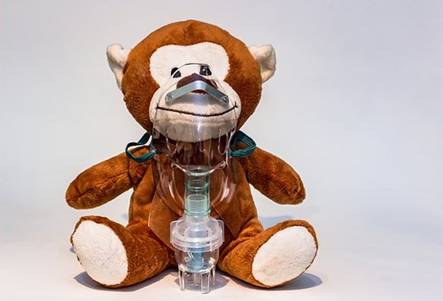Some Patients with Severe COPD Will Improve on Ventilation
 Non-invasive ventilation is a well-known life-sparing option during acute exacerbations of chronic obstructive pulmonary disease (COPD). Still, its effectiveness for severe but stable conditions has been challenging to establish.
Non-invasive ventilation is a well-known life-sparing option during acute exacerbations of chronic obstructive pulmonary disease (COPD). Still, its effectiveness for severe but stable conditions has been challenging to establish.
European studies showed that, in some patients, reductions in chronically elevated carbon dioxide and delivery of high-pressure support allowing the diaphragm to rest contribute to the ventilation effectiveness.
"European data are showing that we need to do things differently," said Lisa Wolfe, MD, from Northwestern University in Chicago. "The new thrust is to do two things," she told Medscape Medical News.
In a recently published review in Annals of the American Thoracic Society, researchers looked at studies of non-invasive ventilation in COPD patients to understand why some saw a benefit and others didn't. The study did not evaluate the "right treatment" in the "right patients," rather, "they were looking at relatively low-level pressure support; we see that levels between 8 mL/kg and 12 mL/kg did not show a benefit," said Wolfe.
She explained that low inspiratory pressure support doesn't "get rid of carbon dioxide. And without successfully doing this, we can't get these people better."
Click here to read the full article on Medscape.

